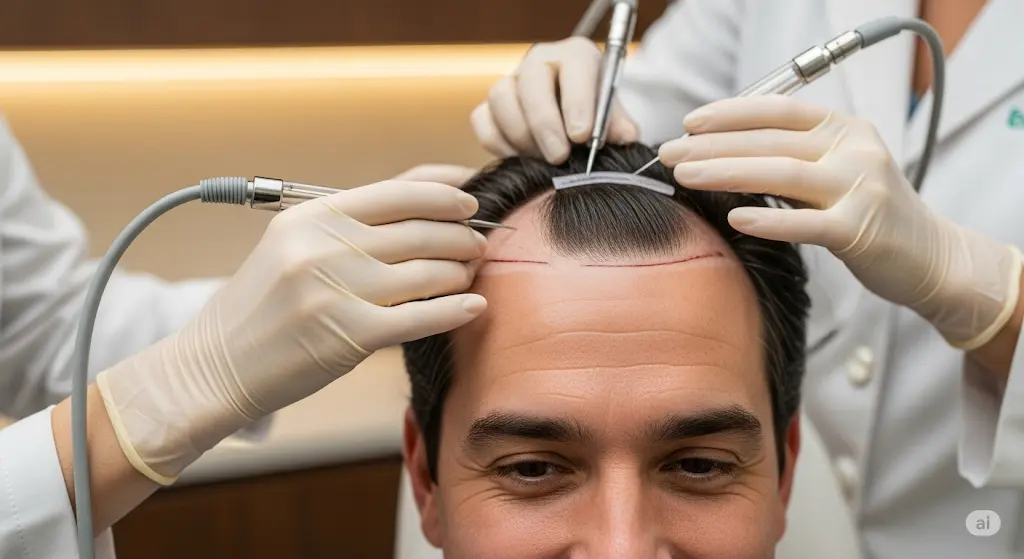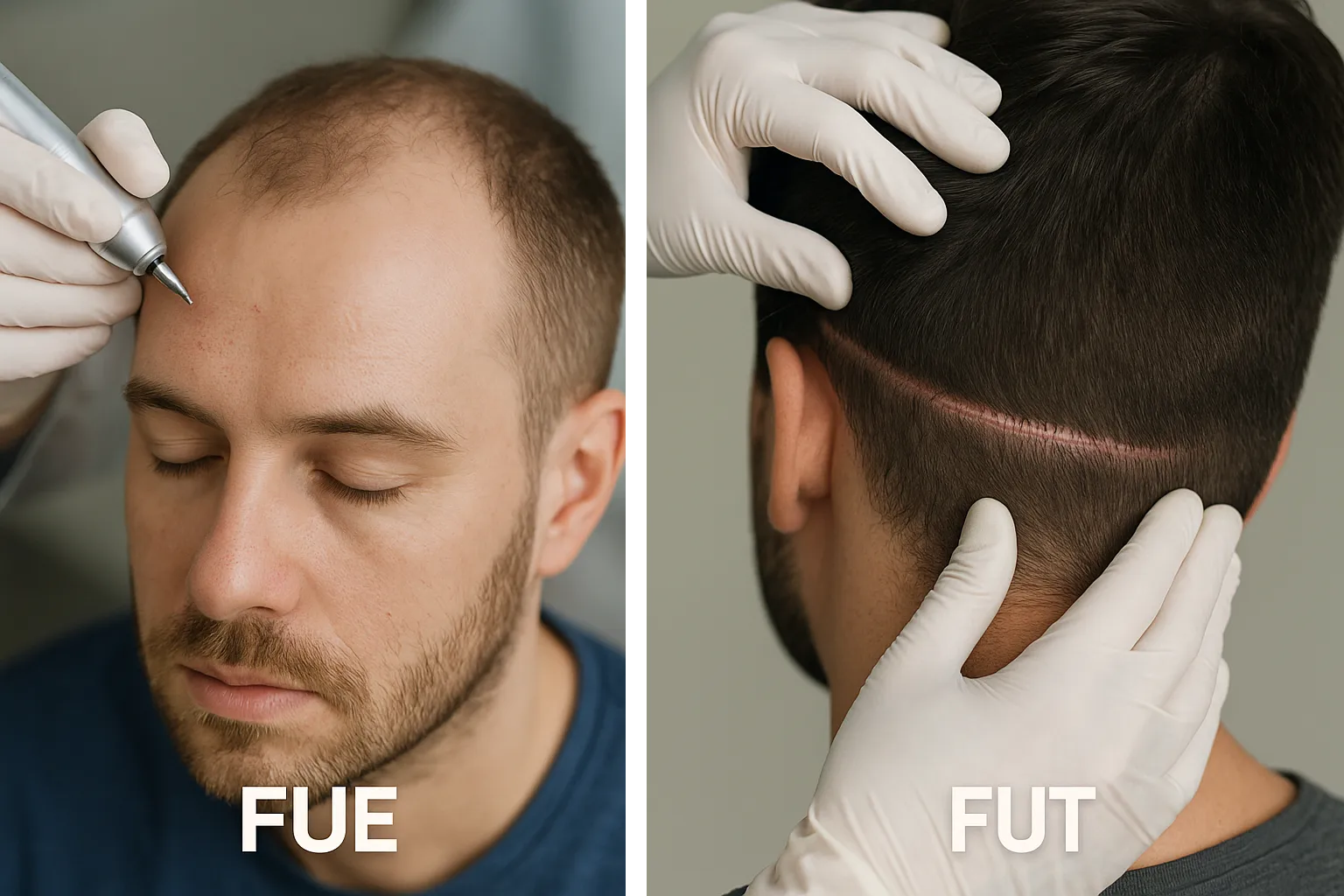Hair transplant surgery is a significant step for anyone dealing with hair loss. It’s natural to feel excited—and perhaps a bit impatient—about seeing results. But just like growing your hair out naturally, a hair transplant doesn’t produce instant outcomes. So, when can you realistically expect to see visible changes? Let’s walk through the timeline, the influencing factors, and what to expect month by month.
What to Expect Right After a Hair Transplant
Immediately following the procedure, it’s common to experience mild swelling, redness, and scabbing around the treated areas. These are all normal signs of healing. Within the first two weeks:
- Tiny scabs form and fall off.
- Hair shafts may shed — this is called “shock loss”, and it’s completely normal.
- The follicles remain beneath the skin and are still alive and well.
Many patients worry at this stage, mistakenly thinking the transplant “didn’t work.” In reality, this is simply part of the process.
Hair Growth Timeline: Month-by-Month Breakdown
1 to 3 Months Post-Transplant
This is known as the dormant phase. After the initial shedding, the scalp may appear similar to how it looked before the procedure. New growth hasn’t started yet, but behind the scenes, the follicles are regenerating. Patience is key during this time.
3 to 6 Months: Early Growth Begins
You’ll typically begin to see the first signs of new hair growth between the 3rd and 4th month:
- New hairs appear thin and fine at first.
- Growth starts unevenly—some areas may progress faster than others.
- By the end of month six, around 30-40% of the final result may be visible.
6 to 9 Months: Noticeable Improvement
This is when many patients start feeling satisfied with their results:
- Hair becomes thicker and darker.
- Density improves.
- Natural texture and direction become more apparent.
Most people see 60-70% of the final result by the ninth month.
9 to 12+ Months: Final Results Take Shape
By one year post-surgery, most patients see the full outcome of their transplant:
- Hair looks natural and blends well with the surrounding strands.
- Density and coverage are significantly improved.
- In some cases, growth continues to improve even up to 18 months, especially for crown areas.
Factors That Can Affect the Timeline
Several elements influence how quickly and effectively hair grows after a transplant:
- Age & Genetics: Younger patients often experience faster recovery and regrowth.
- Type of Procedure: FUE (Follicular Unit Extraction) vs. FUT (Follicular Unit Transplantation) can impact healing and growth speed.
- Surgeon Skill: The expertise of the medical team directly affects graft survival and placement.
- Scalp Health: A healthy, well-nourished scalp provides a better environment for regrowth.
- Aftercare: Following post-op instructions, avoiding smoking, and using prescribed products helps optimize results.
What Can You Do to Support the Process?
While hair growth largely depends on biology, you can support the healing and regrowth process by:
- Using gentle, non-irritating shampoos.
- Avoiding direct sun exposure in the early weeks.
- Eating a nutrient-rich diet with plenty of protein, iron, and biotin.
- Managing stress, as cortisol can negatively affect hair growth.
In Conclusion
Hair transplant results don’t appear overnight, but with patience, care, and realistic expectations, most patients begin to enjoy visible improvements within a few months—and full results within a year. Each person’s journey is unique, but knowing what to expect can make the waiting period much easier to handle.
If you’re considering a transplant or are in the early recovery phase, trust the process—your new hair is on its way.
Keywords for SEO: hair transplant timeline, when to see hair transplant results, hair transplant growth stages, FUE recovery time, post-transplant hair shedding, final results hair transplant




Leave a Reply